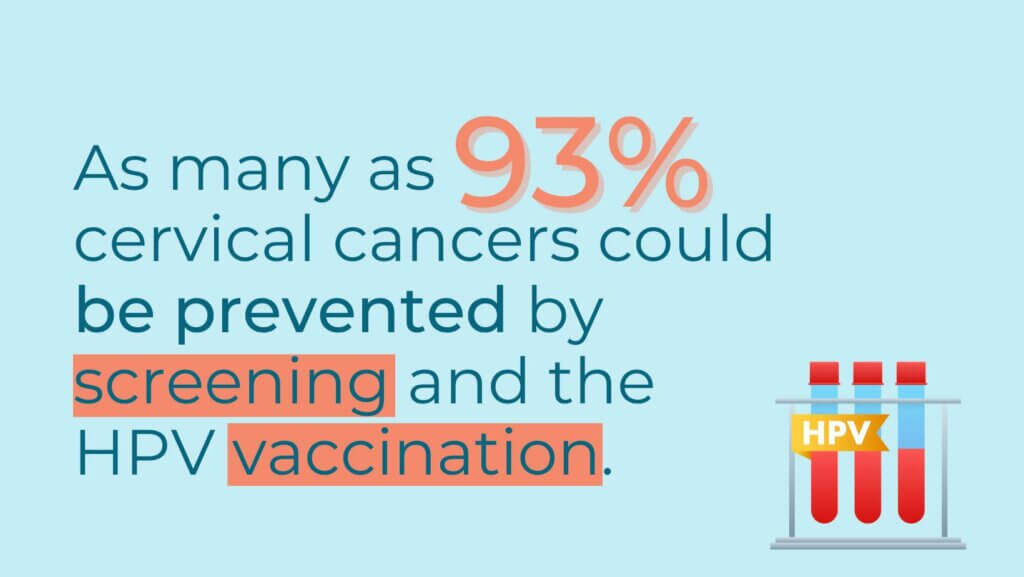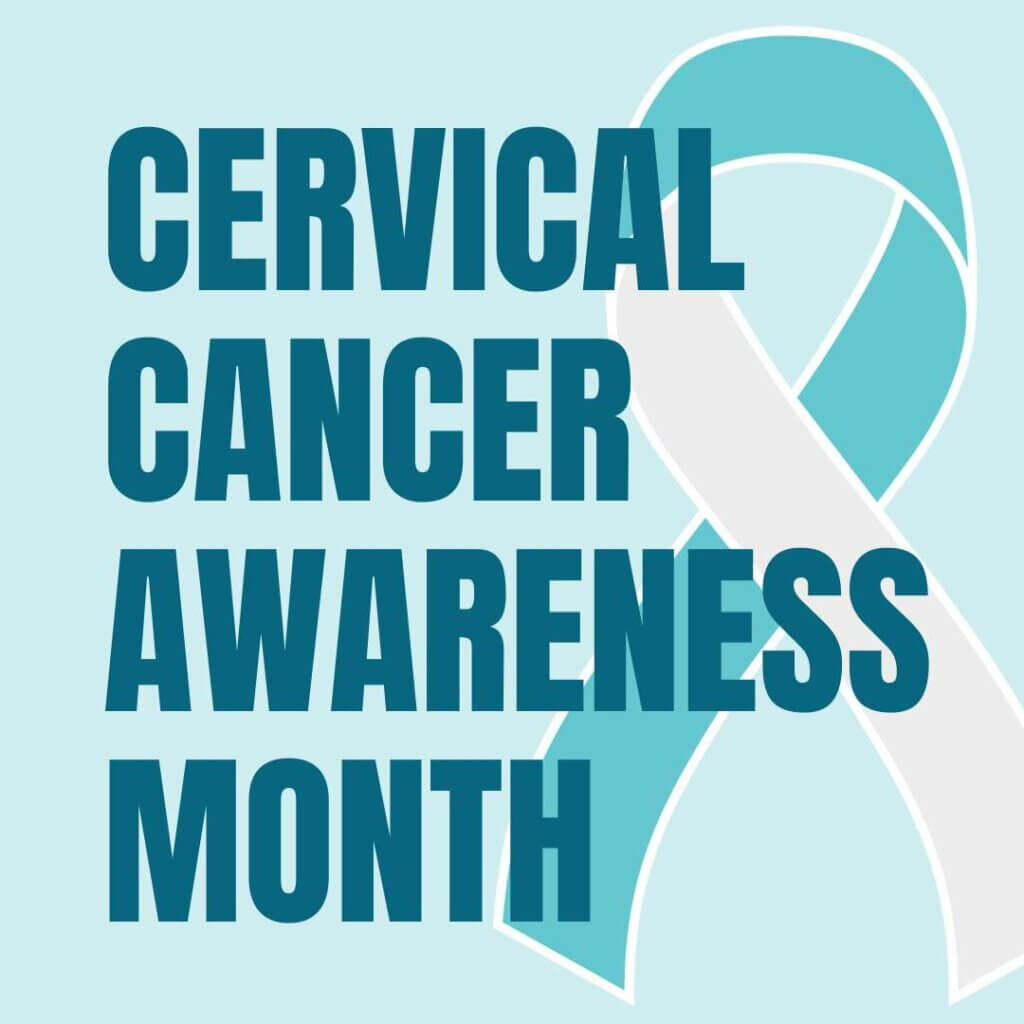It’s the start of a new year, and we want to highlight a very important topic – prevention and screening for cervical cancer.
Cervical cancer is a serious health concern that affects women around the world. However, the good news is that it is largely preventable and treatable when detected early.
Basics of Cervical Cancer
Cervical cancer originates in the cells of the cervix, the lower part of the uterus. It can develop slowly over several years, offering early detection and intervention opportunities. The primary cause of cervical cancer is human papillomavirus (HPV), a common sexually transmitted infection.
Cervical Cancer Prevention & Screening:
HPV Vaccination
Vaccines are a powerful tool in preventing cervical cancer. The HPV vaccine is recommended for both girls and boys, ideally administered before they become sexually active.
Regular Pap Tests
Pap tests, also known as Pap smears, are essential for early detection. These tests can identify abnormal changes in cervical cells before they become cancerous.
HPV Tests
Looks for the virus (human papillomavirus) that can cause these cell changes.
Practice Safe Sex*
Reduce your risk of HPV infection through safe sexual practices, such as condom use.
*HPV infection can occur in both male and female genital areas that are covered or protected by a latex condom, as well as in areas that are not covered. While the effect of condoms in preventing HPV infection is unknown, condom use has been associated with a lower rate of cervical cancer.
If you have a low income or do not have health insurance, you may be able to get free or low-cost screening tests through CDC’s National Breast and Cervical Cancer Early Detection Program. Find out if you qualify.
Regular cervical cancer screenings are a vital component of women’s healthcare. Screening tests, including Pap tests and HPV tests, can detect abnormalities in cervical cells long before cancer develops. Early detection may mean less treatment, less recovery time AND a better chance of survival.

When to Start Screening
According to the CDC, women should start getting Pap tests at age 21. If you’re 30-65, talk to your healthcare provider about which testing option is right for you: an HPV test only, an HPV test along with a Pap test, or a Pap test only. It’s important to consult your healthcare provider to determine the right time for your screenings.
Cervical cancer prevention and screening are vital components of your health! By staying informed, advocating for regular screenings, and taking proactive steps, we can significantly reduce the risk of cervical cancer and protect our well-being.
Remember, your health matters, and early detection can save lives. Stay informed, stay healthy!
